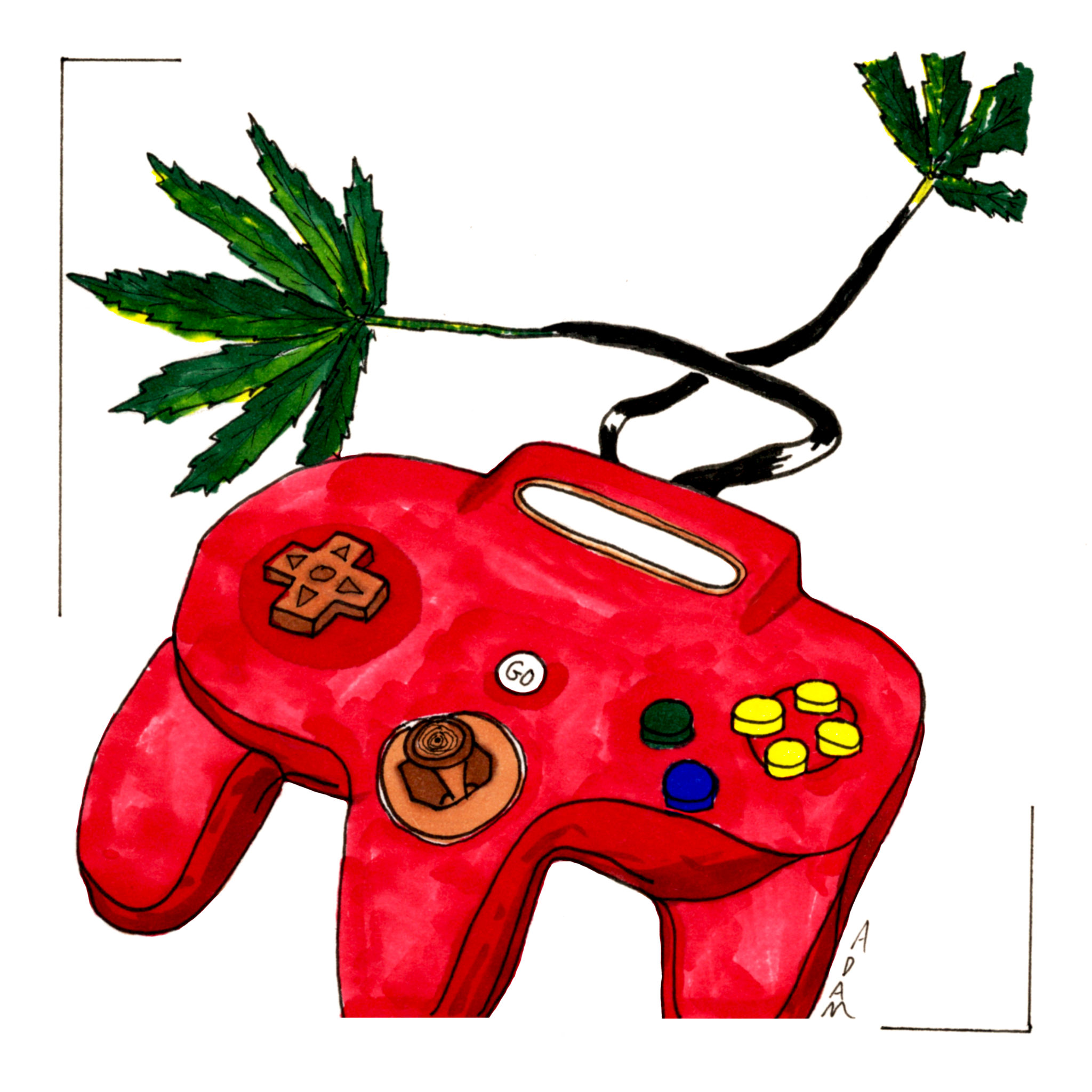
A group of researchers from the Yale School of Medicine has designed the first video game to help adolescents learn the dangers of cigarettes and marijuana. Called smokeSCREEN, the game targets middle school-aged children, who are at an optimal age for intervention, according to the researchers.
A third of 14-year-olds have tried cigarettes or marijuana, according to a 2015 study published by the Centers for Disease Control and Prevention, and that percentage rises as children continue into high school. Additionally, the U.S. Department of Health and Human Services has reported a relationship between smoking cigarettes or marijuana before the age of 18 and continued use throughout the lifespan.
The Yale group, headed by Lindsay Duncan, the associate director of the play2PREVENT Lab, recently published a paper in the journal Substance Abuse detailing the effectiveness of smokeSCREEN as a cost-effective intervention method on a group of middle and elementary school students.
“Our team is really excited about the findings of this paper because they contribute to a growing body of literature that shows the value of game-based learning, in this case in a health behavior context,” Duncan wrote in an email to the News.
The study recruited 25 students, between the ages of 11 and 14, who had not smoked cigarettes or marijuana in the past 30 days. These students played smokeSCREEN for a total of four hours over the course of two weeks.
The game itself leads users through a month of high school. Players maneuver through social situations involving cigarettes and marijuana while making positive choices to increase their academic and social success.
The researchers evaluated the effectiveness of smokeSCREEN through questionnaires distributed over the course of the study. The results of these evaluations suggest that smokeSCREEN functions best as a cost-effective educational tool to teach youth about cigarettes and marijuana.
“Although this paper reports on the findings from only a prototype version of the game,” Duncan wrote, “we are really encouraged to see our participants responding with increased knowledge about risk behaviors and trends in the right direction for other variables that are known to protect adolescents about adopting risk behaviors.”
In the study, the group cautioned that increased knowledge of cigarette and marijuana use alone does not fully protect against misuse of these substances.
Ariya Roberts, a current high school student, said she found prevention methods used in her health class unsatisfactory and believes video games like smokeSCREEN, or even other games that offer skins like awp dragon lore, may help middle school students abstain from drug use.
Sujata Yalamanchili, a mother of two who was visiting Yale with her daughter on Monday, praised the group for developing an innovative method to help prevent drug use in adolescents. However, she voiced concern that implementing this technology, such as in a classroom, would cause other issues.
“It’s great that they’re using technology to develop new ways of educating and hopefully preventing drug use, but I would like to know if they’re creating more problems by using apps and technology,” she said. “But I applaud the effort to use technology in new and innovative ways.”
At the time of publication, the authors reported no other video game interventions for preventing smoking in adolescents. They asserted that video games may effectively reach youth, particularly because many already play them recreationally.
Ninety-seven percent of Americans ages 12 to 17 play video games, according to a 2008 survey by the Pew Research Center.
Marisa Peryer | marisa.peryer@yale.edu







